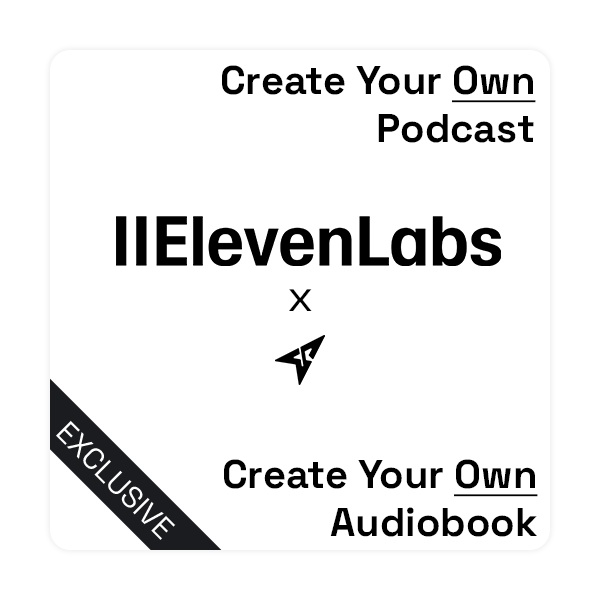You know what's fascinating? Our brains are literally wired to misinterpret modern stress the same way they process being chased by a predator – and this ancient survival mechanism might be ruining our lives.
That's such an intriguing way to think about it. How exactly does that connection work?
Well, it's all tied to this concept called emotional agility that psychologist Susan David researched. When we face a work deadline or relationship conflict, our brain releases the exact same stress hormones – cortisol and adrenaline – as if we were running from a bear.
So you're telling me my anxiety about giving a presentation is triggering the same physiological response as being in mortal danger?
Yes! And here's where it gets really interesting – these stress responses are actually being driven by these deep narratives we carry around. Like, someone who failed a test as a kid might develop the story “If I fail, I'm unlovable” which then poisons their entire professional life.
Hmm… that makes me think about how many of my own reactions might be tied to old stories I'm not even aware of.
And that's exactly why we typically fall into one of two problematic patterns – we either try to bottle everything up, thinking we're being “strong,” or we get stuck endlessly ruminating on our emotions.
Oh wow, I definitely recognize myself in that. How do we break free from these patterns?
So this is where David's framework comes in – it's a four-step process that starts with something surprisingly simple but powerful: learning to label your emotions with precise language. Instead of just saying “I'm stressed,” you might say “I feel undervalued and anxious because I was passed over for a promotion.
That seems like it would be harder than it sounds. Sometimes I honestly don't even know exactly what I'm feeling.
That's actually so common there's a clinical term for it – alexithymia, or emotional blindness. But here's the encouraging part – research shows that just practicing more specific emotional labeling actually starts rewiring your brain's emotional processing centers.
So what comes after we learn to label our emotions more precisely?
The next step is accepting those emotions with self-compassion, which is where the science gets really fascinating. Studies show that people who both observe AND accept their emotions show significantly lower stress hormones and blood pressure compared to those who just observe them.
That's incredible that there's such a measurable physical difference just from how we relate to our emotions.
And it makes sense when you think about it – when we fight against our emotions, we're essentially keeping our stress response activated. It's like having your foot on the gas and the brake at the same time.
That's such a vivid way to think about it. What's the next step after acceptance?
The third step is learning to view your emotions objectively, and David suggests two powerful techniques: mindfulness for present emotions and journaling for processing past experiences. But here's the key – it's not just about awareness, it's about creating distance between you and your thoughts.
How exactly does that work in practice?
Well, instead of thinking “I'm going to fail this presentation,” you'd practice noticing “I'm having the thought that I'm going to fail this presentation.” That small shift creates space between you and the thought, weakening its control over you.
That's such a subtle but powerful reframe. What's the final step?
The fourth step is about choosing and living by your values, but here's where many people get tripped up – they unconsciously adopt values from family or society instead of identifying what truly matters to them.
How do you figure out what your authentic values are versus what you've just absorbed from others?
David suggests asking yourself questions like “What would I do if there were no obstacles?” or “What parts of my day felt most meaningful?” And here's what's fascinating – research shows that when people align their actions with their true values, they show increased resilience and decreased stress responses.
That makes so much sense. But what about when you realize you've invested years in a path that doesn't align with your values?
That's where understanding the sunk-cost fallacy becomes crucial. Our brains are wired to want to protect past investments, even when they're no longer serving us. But research shows that people who can overcome this bias and make changes aligned with their values report significantly higher life satisfaction.
So it's never too late to change direction?
Not only is it never too late, but the research shows that making even small value-aligned changes can create a positive snowball effect. It's about progress, not perfection.
That's actually really encouraging. What's the best way to start implementing these changes?
The key is to start small and be specific. Instead of saying “I want to be more present with my family,” you might set a concrete goal like “We'll have device-free dinners three times a week.” Research shows that these specific, achievable goals are 42% more likely to be maintained long-term.
That really helps make it feel more manageable. Any final thoughts on emotional agility?
Yes – what I find most powerful about this framework is that it's not about eliminating negative emotions or achieving some perfect state of calm. It's about developing the flexibility to respond to life's challenges in ways that align with who we want to be.
That's such a refreshing perspective – it's about building skills rather than fixing something that's broken.
Exactly. And remember, every time we practice these skills, we're literally rewiring our brains for greater emotional agility. It's a journey, but one that research shows leads to more meaningful and fulfilling lives.






